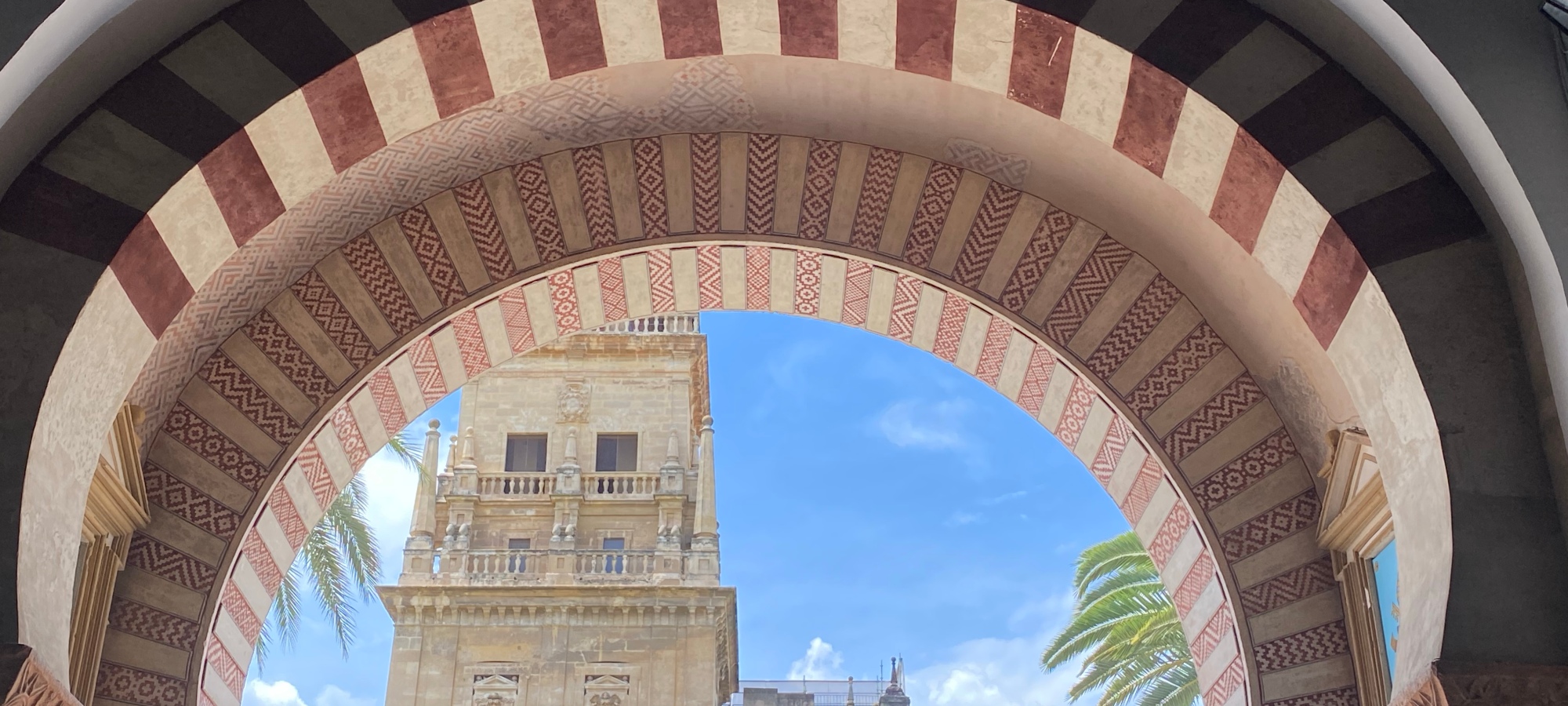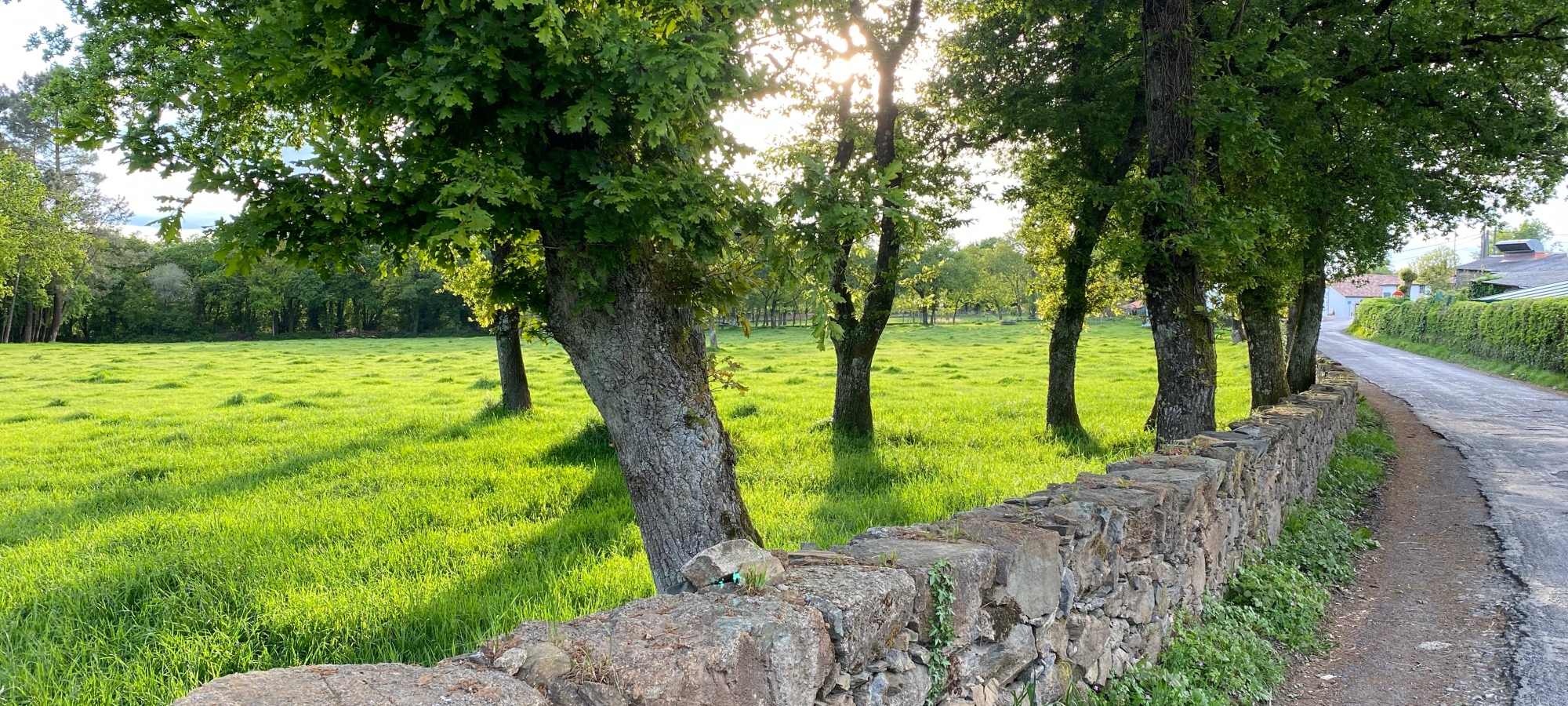When moved to Spain nearly five years ago, we didn’t get cable tv. We used a vpn for Netflix, Amazon Prime, and all our other streaming services. So we could fool them that we were still in the US. That way, nearly all our entertainment, except for what was broadcast locally over the air, was in ingles. Big mistake.
When we moved from Valencia to Galicia more than a year and a half ago, we had to get Starlink internet on the farm. Not fiber in rural areas just yet. Although the Spanish government is making it a huge priority right now. Switching to Starlink, we decided it was time to cut the cord of the comfort food of entertainment- the vpn. And to let all our streaming services discover that we aren’t actually in WA DC, or Phoenix or Seattle. We are in Spain. And, what do you know? Our content immediately changed!
This is not entirely a bad thing. We had watched the entire American entertainment catalog durning la pandemia. And we kept adding and deleting channels as we exhausted watchable content. We were out of stuff to watch and this new content, much of it in Spanish or available in español, was fresh. And the stories are fresh, as well. Not so much recycled, tired stories. And there are plenty of European shows and movies we had never been aware of. Norway even produces shows in english as most Norwegians know english. Overall, we are glad we ditched the vpn.
But, this Christmas I was worried I would lose all my American holiday favs. And I have lost some. However, HBO Max and Disney have a full Holiday Catalog. And so does Apple+. So we are covered. But then, we started watching Spanish Christmas movies. And it is an education.
Santa Claus is a relatively new phenomenon in Spain. Traditionally, the Spanish go in for other traditions. The Three Kings, Melchor, Gaspar, and Balthazar- the Three Wise Men to Americans in the audience – are all that here. Throughout Spain. We just recently watched a hilarious Christmas movie updated for modern times about these three and their smack down with the usurper Santa Claus. Reyes contra Santa. Kings vs Santa. And while watching this we learned of many of the other cast of regional beloved Spanish Christmas characters that are still celebrated today. And were around long before Santa Claus. Witches and fairies. And even weirder stuff.
Caga Tio
This is the Christmas log. Families in Cataluña decorate a log with a face. Adding sticks for arms. Then, they put it in the garden or on their balcony and cover it with a blanket so it won’t get cold. And feed it pieces of bread ir fruit. On Christmas they beat the log with sticks and beg to ‘poop’ sweets by singing a certain song. When they lift the blanket Surprise!! It has pooped them some sweets and small gifts.
I am uncertain as to what this teaches children about Christmas or, really, anything. Beating something for candy. But they have done it fir centuries in Aragon and Cataluña.
Olentzero
In the Basque Country they have their own version of Santa Claus. The legend of Olentzero stems from pagan times. He is a giant who comes down from the Pyrenees – the last of his kind – he is dressed in traditional peasant dress, and us foul smelling. He rides a Pottoka (wild horse). He is a cosl maker and tradition says he roams the towns and villages beheading naughty gluttonous people on Christmas Eve. Although he expects unlimited food and drink himself. Although, he has in recent centuries been transformed into a humble man who is kind and brings gifts to children.
There is a story of him pulling his cart through a village and saving children from a burning home. Dying in the process. But a fairy saw what he did and his kind heart. Then granted him eternal life. He visits every city, town and village pulling a donkey cart and handing out gifts on Christmas eve.
Apalpador
Galicia has their own giant at Christmas time. Except this one comes on December 31st. Apalpador is believed to have been a pagan tradition started and kept alive in the mountains of eastern Lugo. He is a kindly coal maker, and like his Basque cousin, he is foul smelling and ill kept. Historically, he would sneak into their homes and check to see if the sleeping child’s belly was full. If he found a hungry child he would leave them an handful of chestnuts.
But it evolved over the years. He had gifts for the children he has been making out of wood in his mountains cave. On New Years Eve he descends from the mountains to bring them to the children in towns an villages.
This tradition, along with the Basque Olentzero, was outlawed durning Franco’s dictatorship. But these traditions have been revived since Spain’s return to democracy and the celebration of regional languages and traditions have been restored.
Today, Apalpador leaves gifts and clothes fir children at the foot if their beds. To start the year off right. Out with the old and in with the new.
The Three Kings
Finally, there are the Three Kings. They come to Spain on January 5th and are met with huge parades and fanfare. In Valencia they came on boats and were parades from the port to the ayuntamiento (town hall) where tens of thousands lined the streets and waited in the town square. Then, the children go to sleep but not before leaving their shoes out for the kings to fill them.
In Cadiz children do something called El Arrastre or The Drag. Pulling tin cans on a string behind them down the street. To remind The Kings that they are waiting for them.
In Spain, sitting on Santa’s lap or writing a letter to Santa is eclipsed by their love of the Three Kings. Children write letters to their favorite king. Sometimes you see the kings in malls taking letters from children. And his helpers take letters during the parade on January 5th. Right under the wire.
During the pandemic, missing the Three Kings was perhaps one of the most difficult things for the Children of Spain. In Valencia, in January of 2021, they tried to out The Kings on a roofless double decker bus and have it 👩⚕️ ve the streets waving to the children because the parade was cancelled that year. Then, on tv they would televise them pulling up to the ayuntamiento and coming out on the balcony to wave to the cameras. But word quickly spread and 10,000 people braved the contagion with their children to run to the town square to see them in person. Such is the pull of The Kings. Even to adults in Spain.
Too Much For One Post
Of course, there are more characters and traditions. Too manny to count. The holiday season here is packed with other goings on, regionally. Epic light displays in Málaga and Lugo. Many towns and villages put up elaborate Belenismo (Nativity scenes). Christmas trees were not a thing even 50 years ago in Spain. But Belen were in every home.
Christmas markets are everywhere here – as in the rest of Europe. I’ll post photos as Jeff and I visit some of them. And I’ll do another post on traditional regional foods and New Years traditions the closer we got to Christmas.
I’m so glad we bit the bullet and ditched our vpn. Having Spanish Christmas specials on Netflix after four years has certainly been an education. And its helping my español. Another opportunity to learn about our adopted country. As we say in Galicia – Bo Nadal. 🎄





Although I watch French movies on an ongoing basis (in French, English sub-titles) and have watched a couple of great Spanish series before we decided on France. But I would have never thought about the Christmas season shows and what to learn about the culture. Great idea! I really enjoyed this post. Of course, I enjoy all of them lol.
LikeLiked by 1 person
I wouldn’t have thought so, either. But it’s been very educational. With simple language for children. Right up my alley – learning Spanish-wise. 😉
LikeLike
I watch a lot of the foreign series and movies on Netflix as long as there are English subtitles. Most are very good. I especially like the series made in Sweden, Norway and Denmark. Some of the ones made in Spain are ok but I have found some to be over dramatic like soap operas.
Milito never heard of Apalpador. I am going to ask his brother when I see him later if he knows of him. He sounds very scary. 😅
LikeLiked by 1 person
I hear they are teaching about him in schools as part of their cultural heritage.
LikeLike